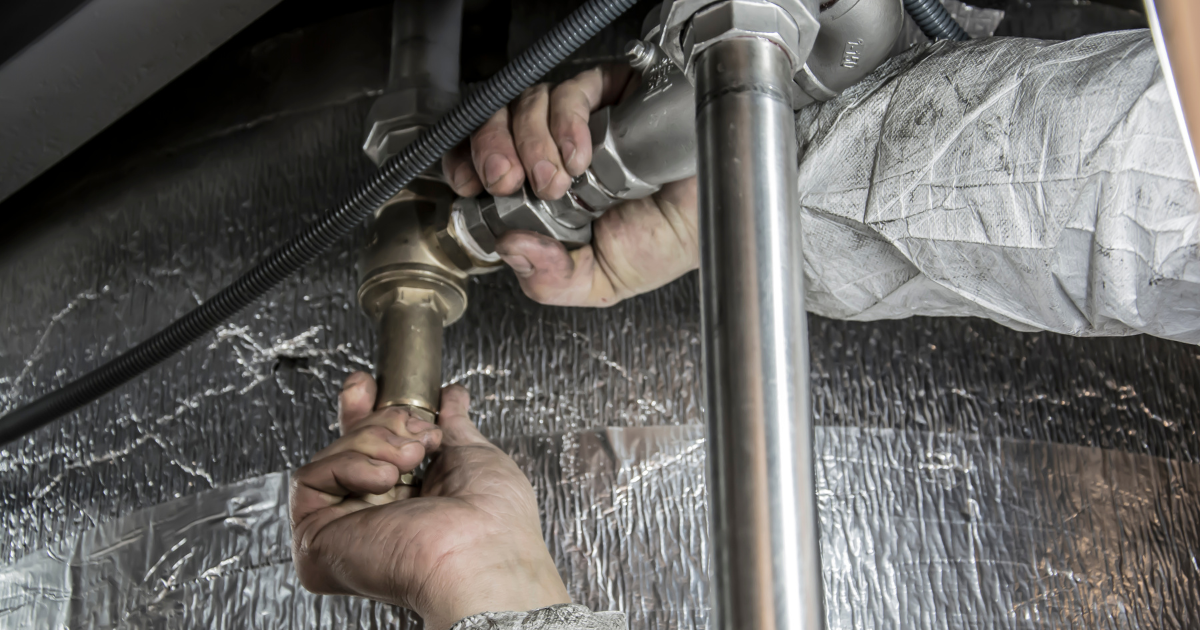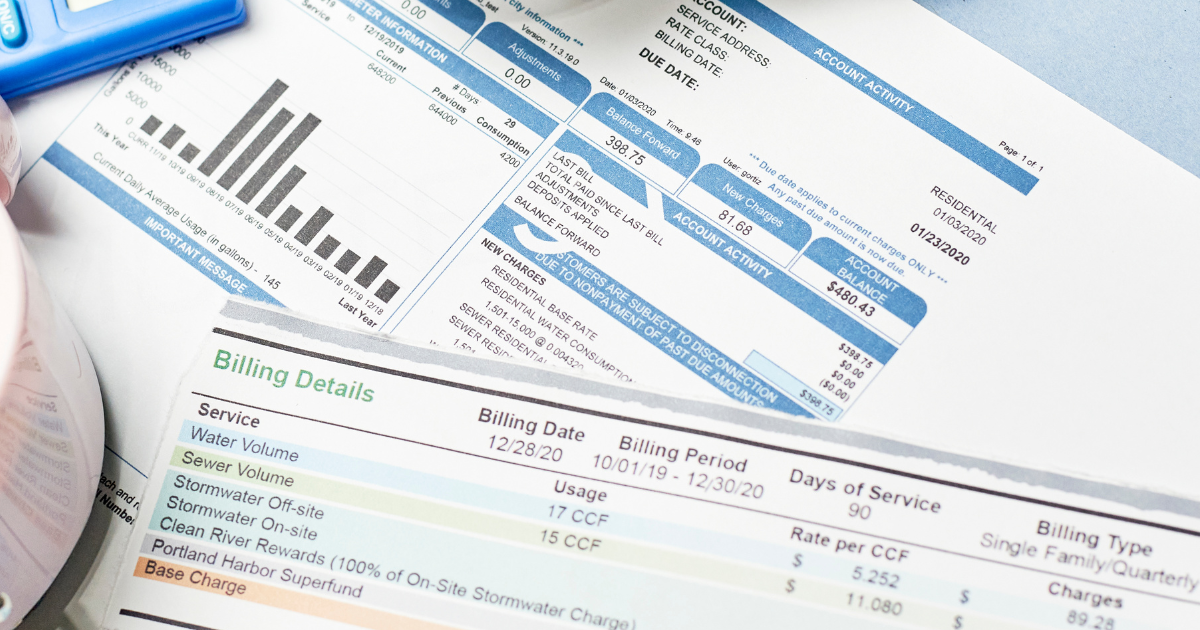Why You Should Hydrojet Your Drains… Now!
Clogged drains are a common household nuisance that can disrupt your daily routine and lead to costly plumbing repairs if left unaddressed. While traditional methods like snaking or chemical cleaners may offer temporary relief, they often
fail to fully resolve the underlying issue
. That’s where
hydro-jetting comes in—a high-pressure cleaning technique that delivers unparalleled results. In this blog post, we’ll explore the transformative benefits of hydro-jetting and why you should consider it for your drains, pronto!
How Does Hydro-jetting Work?
The process begins by inserting a specialized nozzle into the plumbing system, usually through an access point such as a cleanout or a drain opening. The nozzle is connected to a high-pressure water source, typically a pump or a specialized hydro jetting machine.
When the water is turned on, it creates a powerful stream of pressurized water that is directed into the pipe. The water pressure is carefully adjusted to ensure effective cleaning without damaging the pipes. As the water is forced through the pipes, it scours the interior surfaces, dislodging and flushing away accumulated grime, grease, roots, mineral deposits, and other obstructions.
Why is Hydro-jetting Beneficial?
1. Thorough Cleaning:
Hydro-jetting utilizes a powerful stream of water to blast away stubborn blockages, grease buildup, and mineral deposits from your pipes, leaving them sparkling clean.
2. Preventative Maintenance:
By removing debris and sediment that can lead to future clogs, hydro-jetting helps prevent recurring drainage issues and extends the lifespan of your plumbing system.
3. Eco-Friendly Solution:
Unlike chemical drain cleaners that can harm the environment and corrode pipes, hydro-jetting relies on water pressure alone, making it a safe and environmentally friendly option.
4. Versatile Application:
Hydro-jetting can effectively clear blockages in a variety of drain types, including kitchen sinks, bathroom drains, sewer lines, and more, making it a versatile solution for all your plumbing needs.
How Can Mastercraft Help?
At Mastercraft Plumbers, we’re proud to offer professional hydro-jetting services that deliver exceptional results. Our skilled technicians are equipped with state-of-the-art hydro-jetting equipment capable of tackling even the toughest drain blockages with ease. Whether you’re dealing with a stubborn clog or simply want to keep your drains in top condition, our hydro-jetting services are the answer. Don’t let clogged drains disrupt your life—schedule your hydro-jetting service today and experience the difference for yourself!
Give us a call on (760) 640-0337 for a free estimate.
The post Why You Should Hydrojet Your Drains… Now! first appeared on MasterCraft Plumbers.


